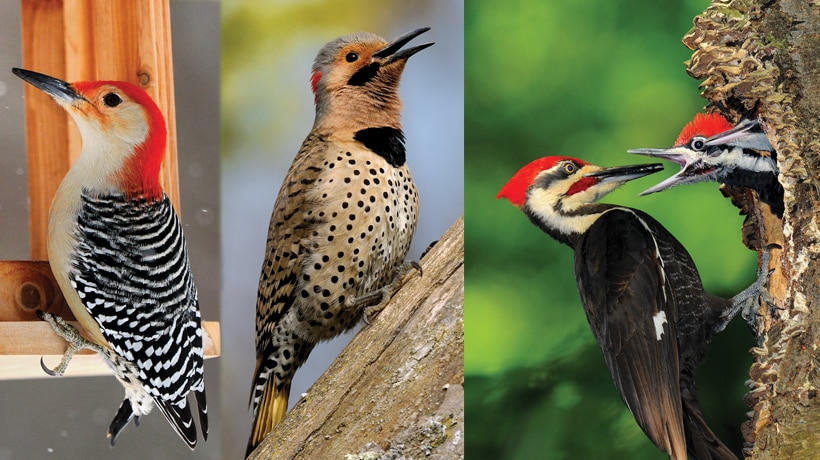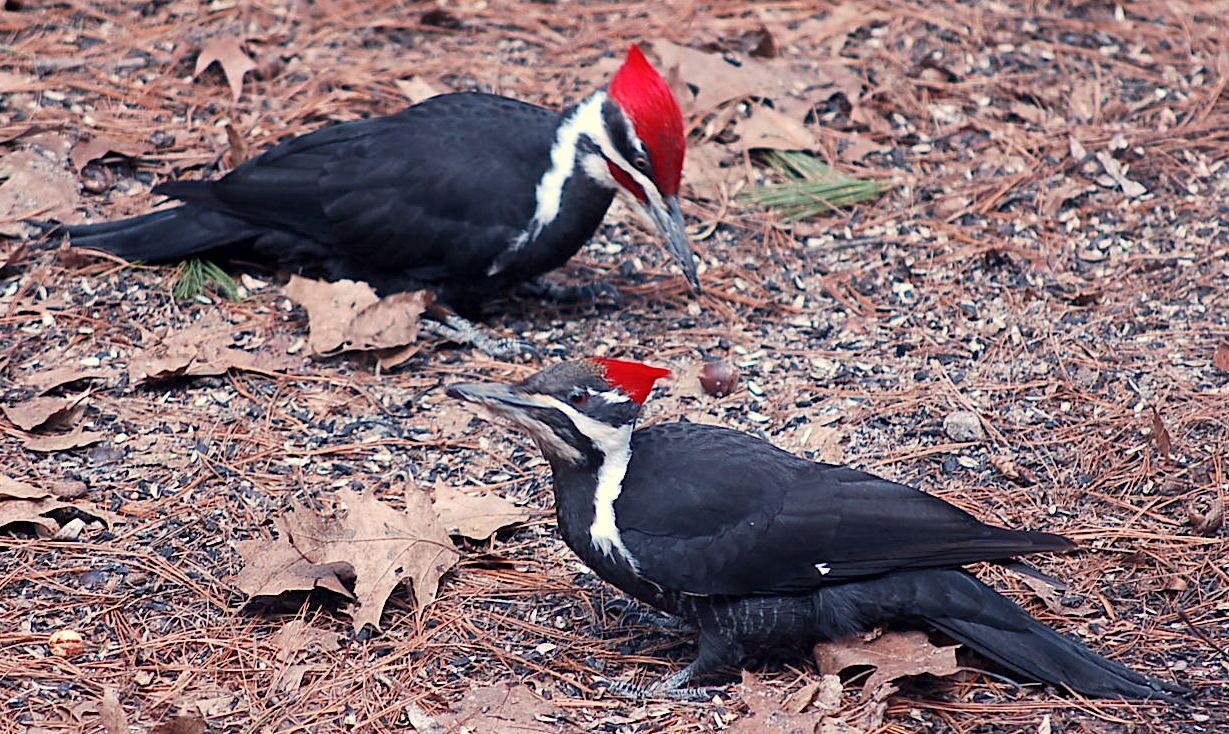Woodpeckers in Florida: Natural History, Ecology, and Preservation
Woodpeckers in Florida: Natural History, Ecology, and Preservation
Blog Article
Unveiling the Keys of Woodpeckers: Behavior, Habitat, and Extra
Woodpeckers, with their one-of-a-kind actions and specialized adjustments, have actually lengthy fascinated researchers and nature fanatics alike. By revealing the enigmas bordering woodpeckers' behavior and environment choices, a deeper understanding of these bird wonders emerges, providing a look right into their interesting globe.
Woodpecker Behavior Insights
In examining woodpecker actions, a remarkable screen of specialized skills and adaptations emerges, clarifying their amazing ecological particular niche - Woodpeckers in Florida. Woodpeckers, understood for their distinctive drumming on trees, possess a variety of behavior attributes that add to their survival and success in their environment. One key behavior is their drumming, which offers numerous objectives such as communication, developing region, drawing in mates, and locating food resources. This balanced pecking also showcases their remarkable strength and endurance, as they can hammer away continually at high speeds without causing harm to themselves.
Moreover, woodpeckers show an unique feeding habits characterized by their capacity to essence pests from tree bark using their specialized beaks. Their long, barbed tongues help in capturing prey, while their solid neck muscle mass give stability and accuracy during pecking activities. This feeding approach permits woodpeckers to gain access to hidden insect larvae and extract them with exceptional effectiveness.
Habitat Preferences and Choice
What aspects influence the habitat preferences and choice of woodpeckers? Woodpeckers are extremely adaptable birds understood to occupy various atmospheres worldwide. Nevertheless, they do exhibit preferences for specific habitat features. One crucial aspect influencing woodpecker environment option is the availability of appropriate nesting sites. Woodpeckers normally favor forests with a mix of fully grown trees that supply sufficient chances for dental caries excavation. These cavities function as vital nesting and roosting sites for woodpeckers and are crucial for their breeding success.
Furthermore, woodpeckers show a choice for habitats with an abundant supply of food sources. They are mainly insectivorous, feeding upon beetles, ants, larvae, and other bugs discovered in decaying timber or tree bark. Woodpeckers tend to prefer wooded areas with a varied insect populace to meet their dietary requirements.
Moreover, the existence of dead or rotting trees is one more crucial consider woodpecker habitat choice. These trees not only supply food resources but likewise supply ideal substratum for cavity excavation. Dead trees are important for the maintenance of healthy woodpecker populations, as they play an important function in the woodpeckers' life cycle and ecological community dynamics.
Feeding Practices and Diet Make-up
Woodpeckers demonstrate a specialized feeding habits focused on foraging for pests within various environments. Their diet mostly includes bugs such as beetles, ants, caterpillars, and crawlers, which they find by touching on tree bark and listening for the sound of movement inside. Woodpeckers use their strong beaks to drill into the wood and their long, barbed tongues to remove prey from holes. In addition to pests, woodpeckers also take in tree sap, fruits, nuts, and seeds, adding variety to their diet plan depending on the period and schedule of food sources.
The foraging techniques of woodpeckers are well-adapted to their arboreal lifestyle (Woodpeckers in Florida). Their ability to dig deep into wood not just offers them with food yet also assists in developing nesting tooth cavities and establishing areas. Woodpeckers play an important function in keeping the wellness of woodlands by regulating insect populations and helping in the decay of timber. Comprehending their feeding routines and diet composition is necessary for conservation initiatives targeted at preserving these special and important birds.
Drumming Sounds and Communication
Making use of rapid drumming sounds on different surfaces, woodpeckers use an unique kind of communication to signal territory boundaries and draw in companions. This drumming actions is not just a means of interaction but also serves as a method for woodpeckers to develop their existence within a specific area. The strength, speed, and pattern of the drumming can communicate crucial details to various other woodpeckers around.
Woodpeckers utilize drumming noises to introduce their existence in a region and to advise off prospective intruders. The loud and repetitive nature of the drumming functions as a clear signal to other woodpeckers that the location is currently claimed. This helps in decreasing problems and minimizing physical fights in between individuals.

Survival Adaptations and Specialized Composition

Verdict
To conclude, woodpeckers display distinct habits, such as drumming sounds for interaction, and have specialized makeup for survival in their chosen environments. Their feeding practices and diet plan structure better show their versatility to various atmospheres. By comprehending these aspects of woodpeckers, scientists and guardians can much better protect and protect these remarkable birds and click here now their communities.
Report this page